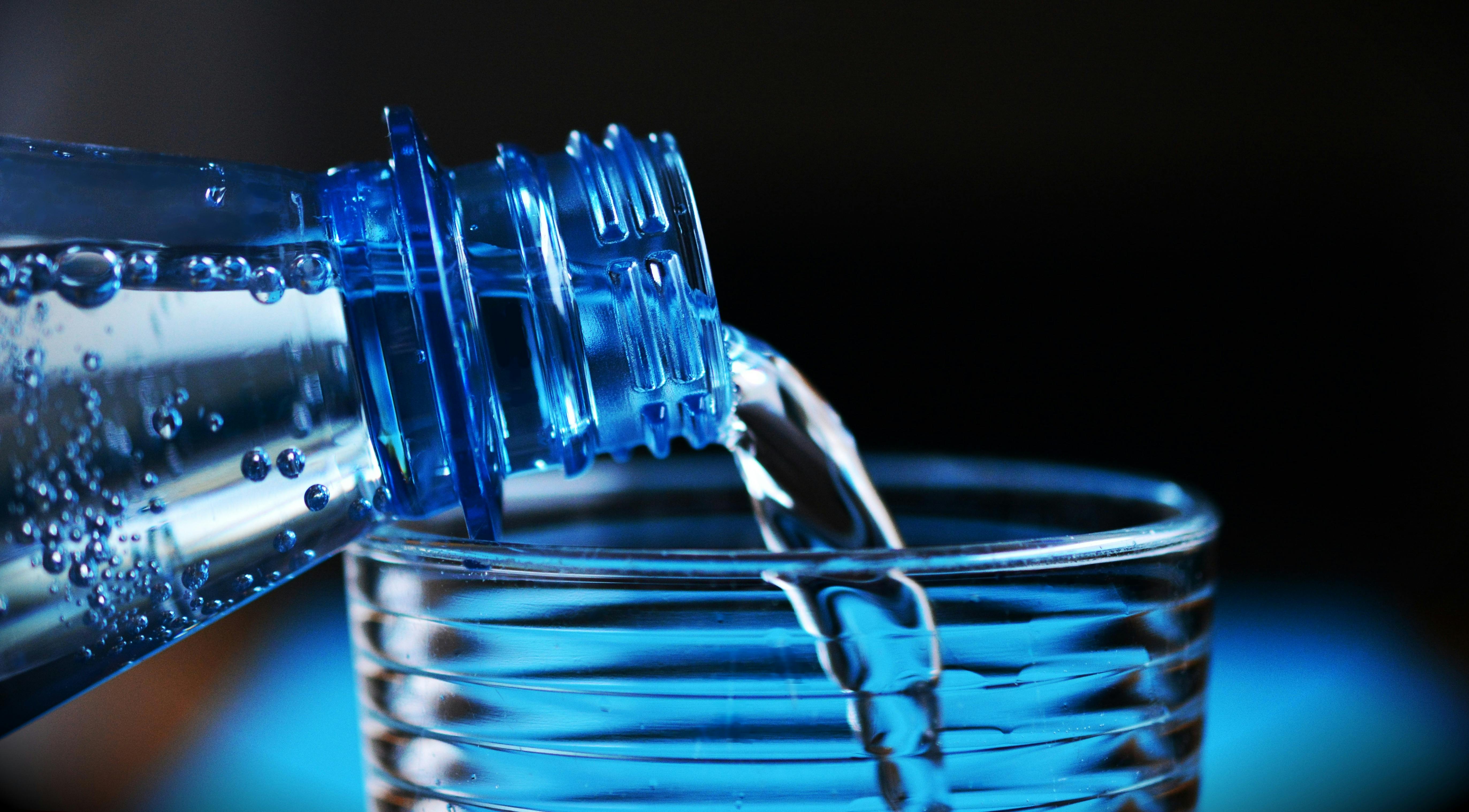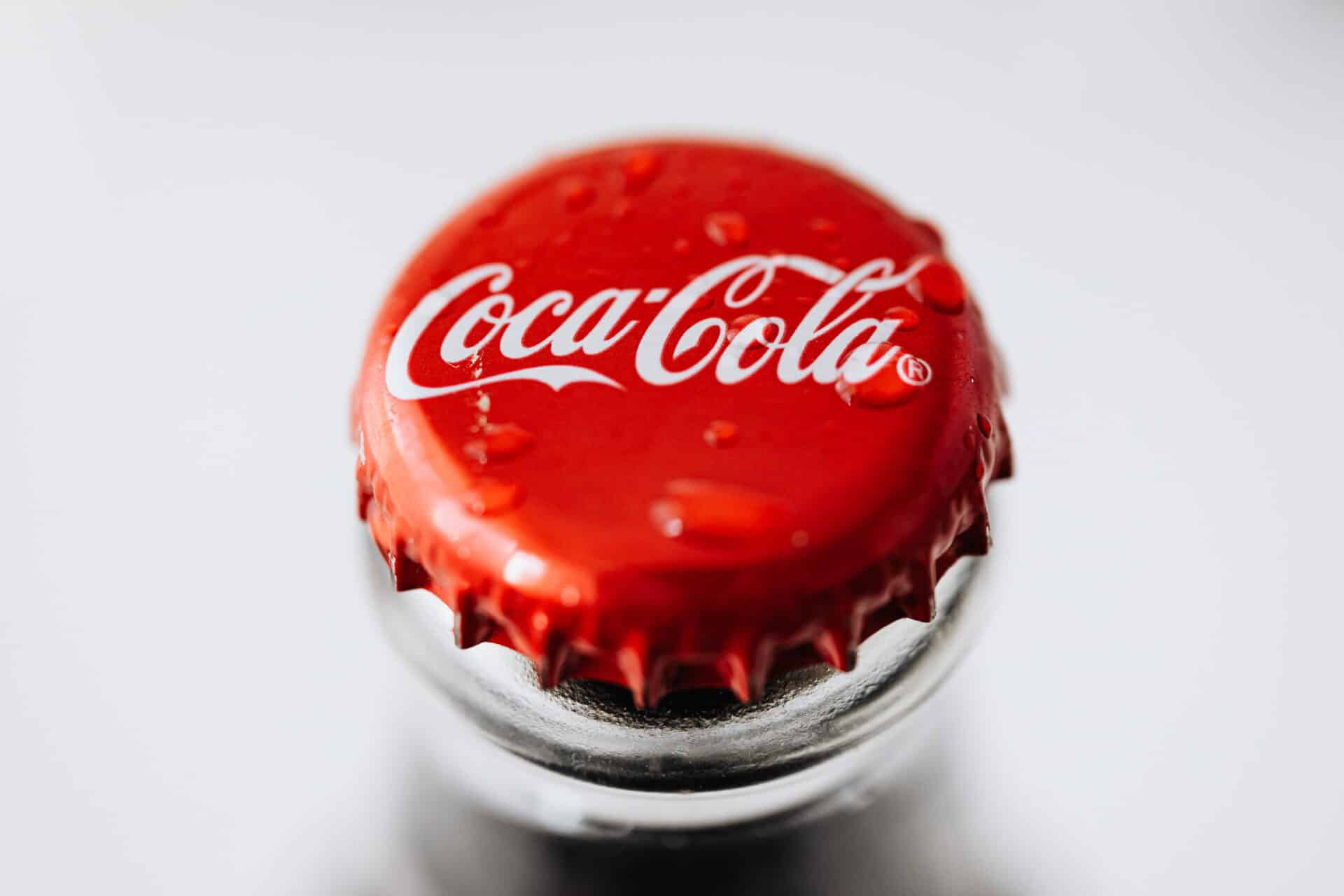The debate about whether or not bottled water is the same as distilled water has been a subject of contention in recent years. The answer to this question is not so straightforward; there are several factors that should be taken into consideration when making this determination. In this article, we will discuss the differences between bottled and distilled water and explore the pros and cons of each. We will also look at the safety and health implications of each type of water to help you decide which one is right for you.Bottled water is water that has been packaged in plastic or glass bottles for human consumption. It is regulated by the Food and Drug Administration (FDA) as a food product. Bottled water is typically sourced from natural springs, wells or municipal sources and is often treated with filtration, ozonation, ultraviolet light, or reverse osmosis to remove sediment and potential contaminants. It may also be enhanced with minerals for flavor or other purposes.
Distilled Water
Distilled water is water that has been purified by a process called distillation. In this process, impurities are removed from the water by boiling it and then condensing the resulting steam back into a liquid. This results in pure, clean water that is free of dissolved solids, minerals, and other impurities. Distilled water can be used for drinking, cooking, and other purposes where clean water is needed. It is also used in industrial processes such as cooling towers and medical applications such as dialysis machines. Additionally, it can be used for making certain foods and beverages such as coffee and tea that require pure water for optimal flavor.
Distilling water removes contaminants such as bacteria, viruses, heavy metals, nitrates, sulfates, chlorine compounds, and other organic chemicals. Distillation also eliminates mineral deposits that can make drinking water taste unpleasant or cause damage to plumbing fixtures. It also removes harmful substances that can be found in tap or well-water supplies such as lead or arsenic. Distilled water does not contain any fluoride or other minerals which are added to municipal drinking supplies for health reasons.
The process of dist
Are Bottled Water and Distilled Water the Same?
No, bottled water and distilled water are not the same. Distilled water is created by boiling water, collecting the steam, and then condensing it back into liquid form. This removes any minerals or contaminants that may be present in the water. Bottled water is simply water that has been packaged into a bottle for convenience. It may or may not have gone through additional filtration processes depending on the brand and type of bottled water.
Bottled water can vary in taste, odor, and mineral content depending on where it comes from and how it has been processed. Distilled water will always lack minerals and other nutrients found in natural sources of drinking water because all of these have been removed during the distillation process. The lack of nutrients can make distilled water taste flat compared to other types of drinking water.
In terms of safety for drinking, both distilled and bottled waters are considered to be safe since they have gone through various filtration processes to remove any contaminants or harmful substances that could be present in regular tap or well-water. However, some bottled waters may contain
Is Bottled Water Purified?
Bottled water is marketed as being pure and clean, but is it really any different from what comes out of the tap? The answer depends on the type of bottled water you buy.
Purified bottled water goes through a process of purification to remove impurities, including chlorine, bacteria, viruses, and other contaminants. This process involves filtration, reverse osmosis, distillation, or deionization. Depending on the brand or source of the bottled water, it may also be treated with ultraviolet light or ozone to further reduce any impurities.
Spring water is sourced from natural aquifers and springs and then treated to remove any impurities that can occur naturally in groundwater. This treatment can include filtration or purification processes such as reverse osmosis and ultraviolet light treatment.
Mineral water comes from natural springs that are rich in minerals such as calcium, magnesium, potassium, sodium, and other trace elements. It may be treated with ultraviolet light or ozone to reduce microbial contamination but no other purification processes are used
How is Bottled Water Produced?
Bottled water is produced in a several-step process that begins with water sources such as springs, wells, or public water supplies. The source of the water determines the type of bottled water. For example, spring water will be labeled as spring water while municipal tap water will be labeled as purified or distilled. Once the source is determined, the next step is to test and treat the raw water to meet FDA standards for drinking water. This testing and treatment process may include filtration, reverse osmosis, distillation, ultraviolet light exposure, or chlorination. Once the raw water is treated it must be processed in a manufacturing facility that has been approved by the FDA and certified by an independent organization that verifies its quality standards are being met.
The final step involves filling and packaging the bottled water into containers such as plastic bottles or glass bottles that have been approved by the FDA for food safety. After packaging, the bottled water is shipped to stores where it can be purchased by consumers. Throughout this entire process there are strict regulations and standards that must be met in order to ensure safe drinking water for everyone.

How is Distilled Water Produced?
Distilled water is produced by the process of distillation. This process involves boiling water and then condensing the vapor that is produced into a separate container. The condensed vapor is then collected as distilled water. During this process, impurities and minerals present in the water are left behind, resulting in pure, distilled water. The temperature at which the water needs to be boiled in order to produce steam depends on its composition and can vary from one sample to another.
The process of distillation begins with the water being heated until it reaches its boiling point. Once it reaches this point, vapor is produced and collects in a condenser. As the vapor passes through the condenser, it cools down and changes back into liquid form, resulting in distilled water being collected in a separate container. Because most impurities have higher boiling points than that of pure water, they remain behind when the steam condenses back into liquid form.
Distilled water has many applications across numerous industries such as medicine, food processing, laboratories, automotive manufacturing, and more. It is also commonly used as
Are There Differences Between Bottled and Distilled Water?
When it comes to hydration, the type of water you choose can make a difference. Bottled and distilled water are two popular choices, but there are key differences between them.
Distilled water is created by boiling water and then condensing the steam into a clean container. This process removes all minerals, salts, and chemicals from the water, leaving it pure and odorless. It is often used in laboratories and other scientific settings to ensure purity.
Bottled water is generally sourced from a natural spring or well. It is then filtered to remove impurities before being placed in bottles for sale. Depending on the type of bottled water, it may contain minerals such as calcium or magnesium that give it a distinctive taste.
In terms of safety, both bottled and distilled water are safe to drink as long as they come from reputable sources. Both types of water must meet strict safety standards set by the Environmental Protection Agency (EPA).
The main difference between bottled and distilled water comes down to taste. Distilled water has no taste since all the minerals have been removed, while bottled water typically
Does Bottled Water Contain Minerals?
Yes, bottled water does contain minerals. The minerals present in bottled water are usually calcium, magnesium, sodium, potassium, and chloride. These minerals can come from a variety of sources, such as the natural spring or well from which the water was sourced or added during the bottling process.
Depending on the source and composition of the water, it may contain higher or lower levels of these minerals. In general, mineral content in bottled water is usually lower than that of tap water because it is not subject to treatment with chemicals like chlorine or fluoride.
The type and amount of minerals present in bottled water varies greatly depending on the brand and type of bottle. For example, some brands offer mineral-rich waters with added electrolytes for those who lead an active lifestyle or are looking for a health boost. Other brands may focus on providing consumers with clean-tasting drinking water that is free from impurities.
In addition to these essential minerals, some bottled waters may also contain trace amounts of other elements like copper, zinc, iron and manganese. These elements are often found naturally occurring in groundwater sources and

Conclusion
Bottled water and distilled water are two different types of water that have distinct purposes and benefits. Bottled water is often used as a convenient, healthy source of hydration, while distilled water is used for specific health-related or chemical-related purposes. While both come from the same source, each has unique differences that make them ideal for different uses. Ultimately, it is important to understand the differences between the two in order to make an informed decision about which type of water you should use in various situations.
In conclusion, bottled water and distilled water are not the same. While they may share a common source, they have unique properties that make them suitable for different uses. Understanding these differences can help you determine which type of water is best suited for your needs.

